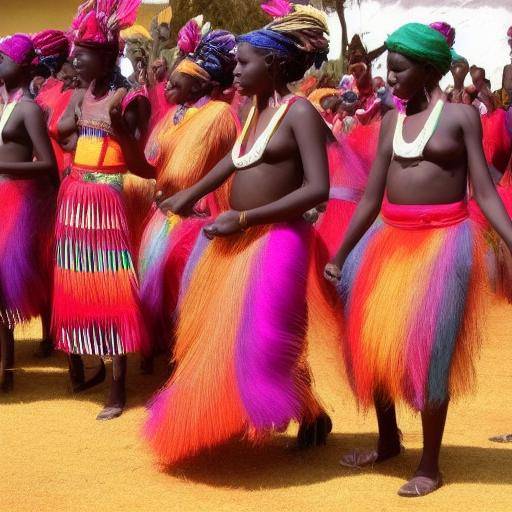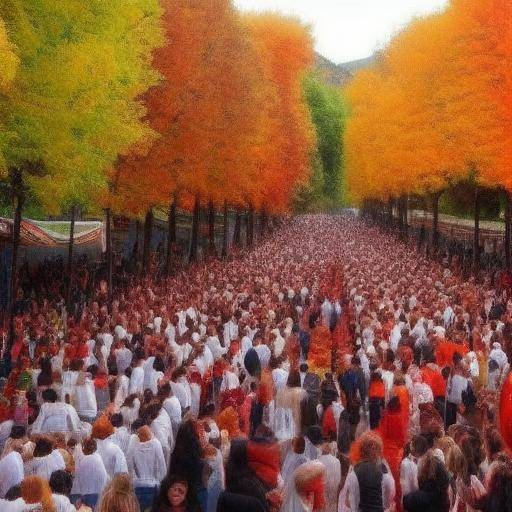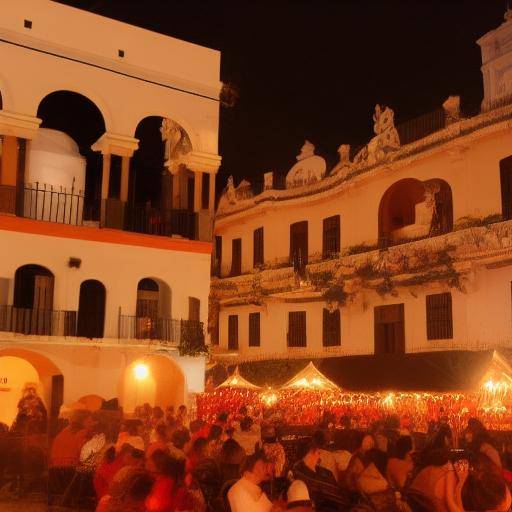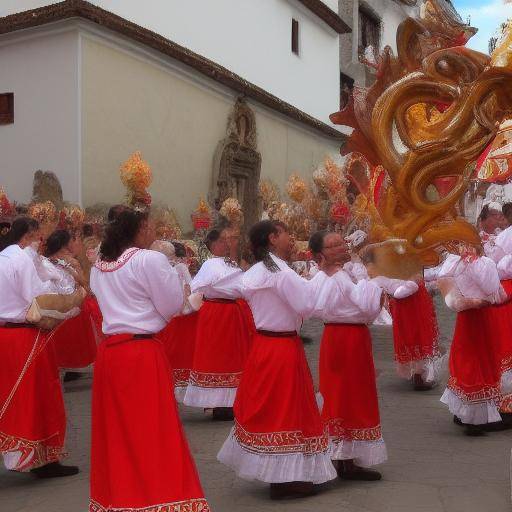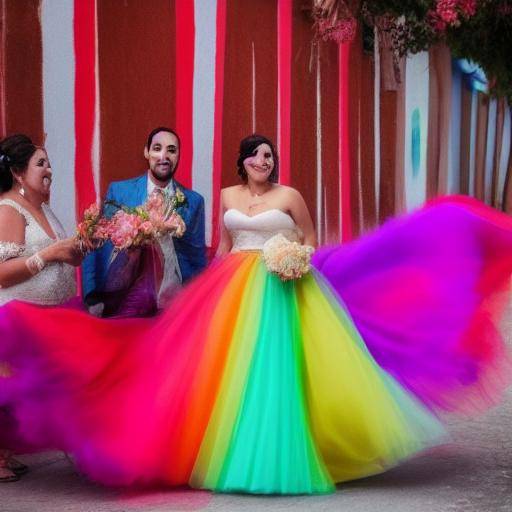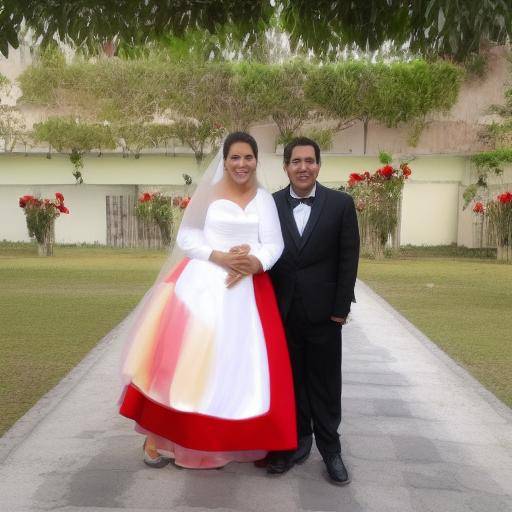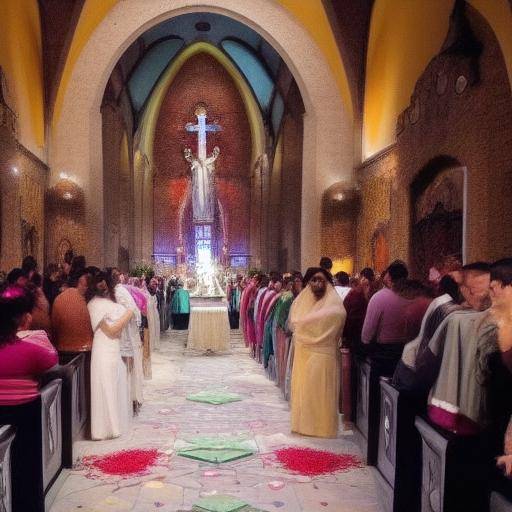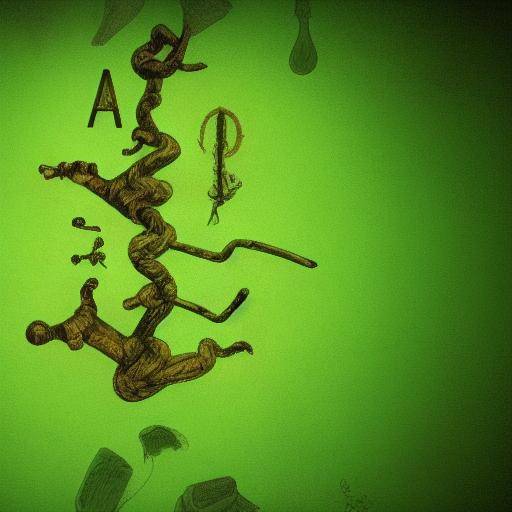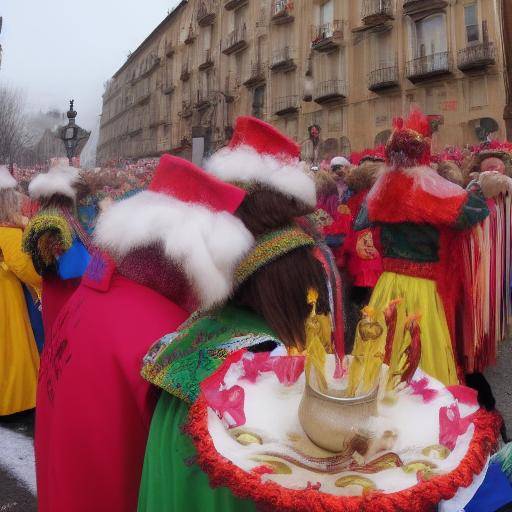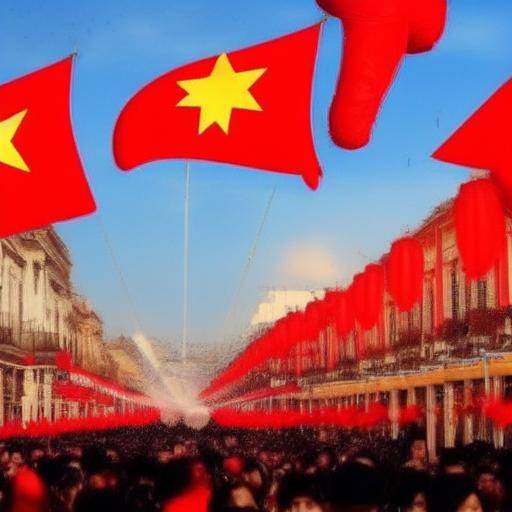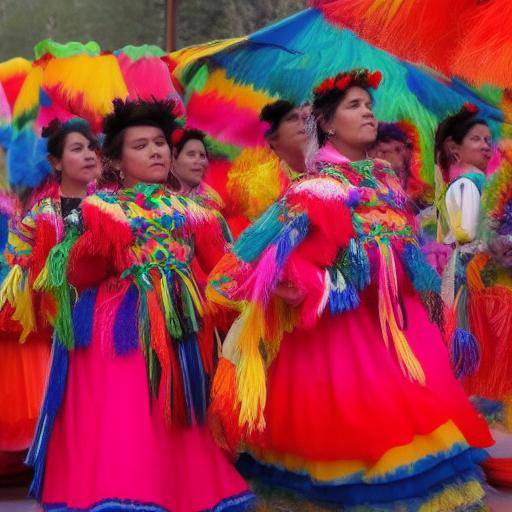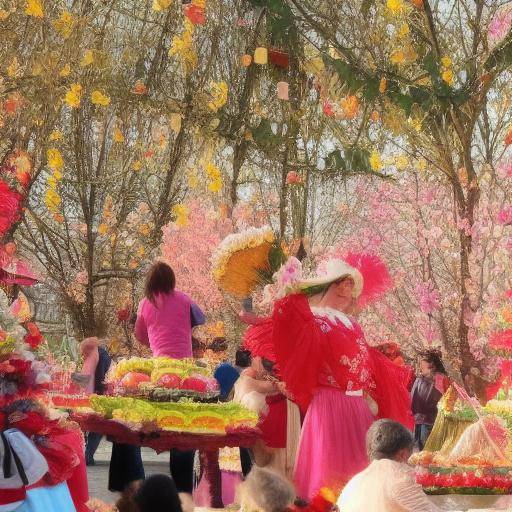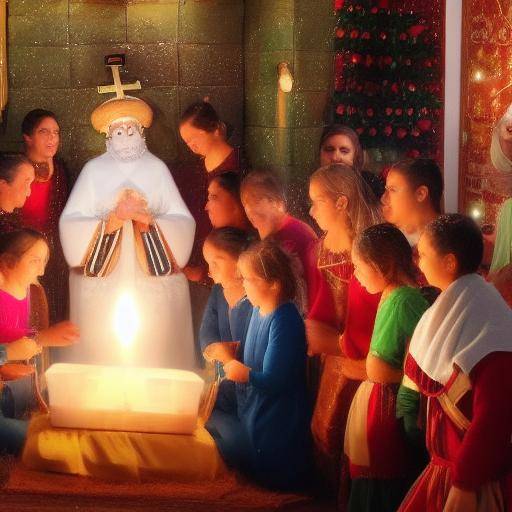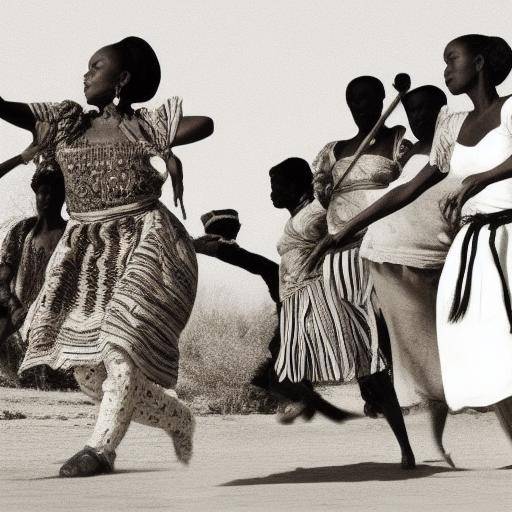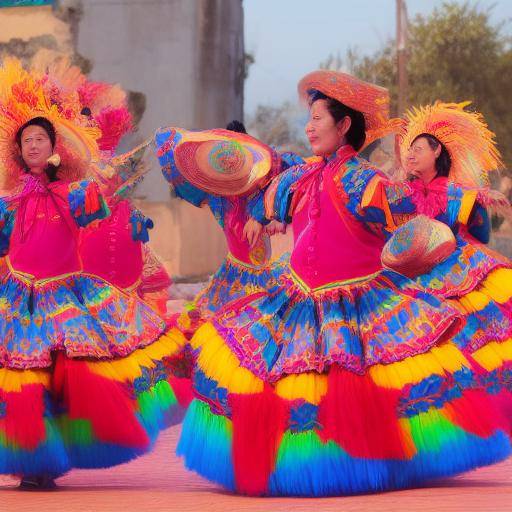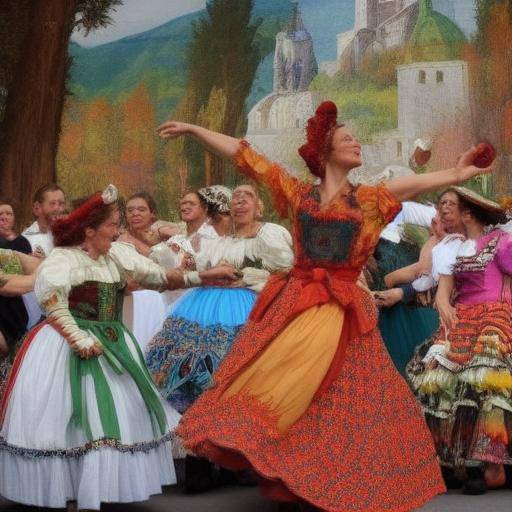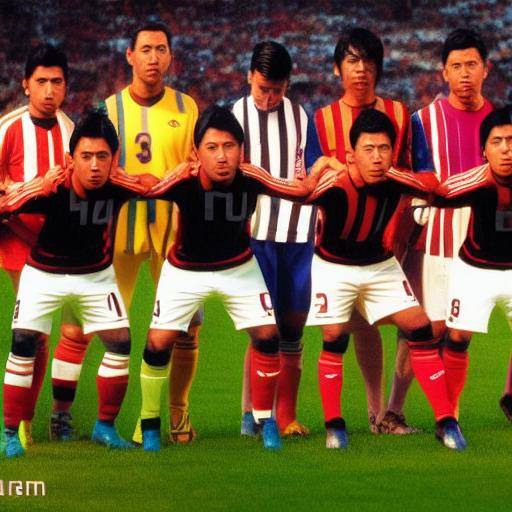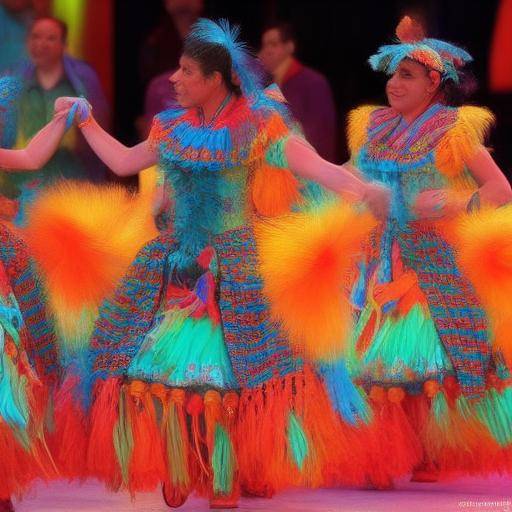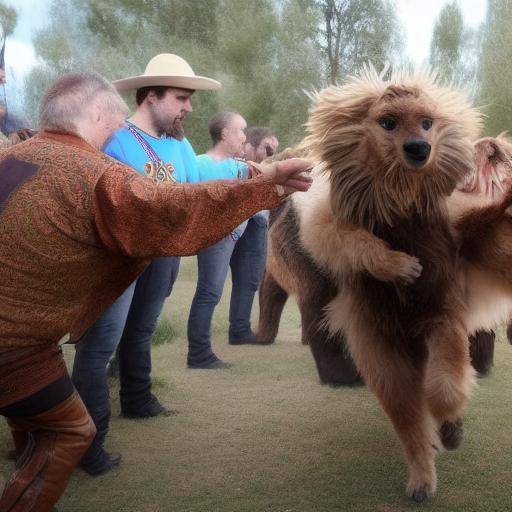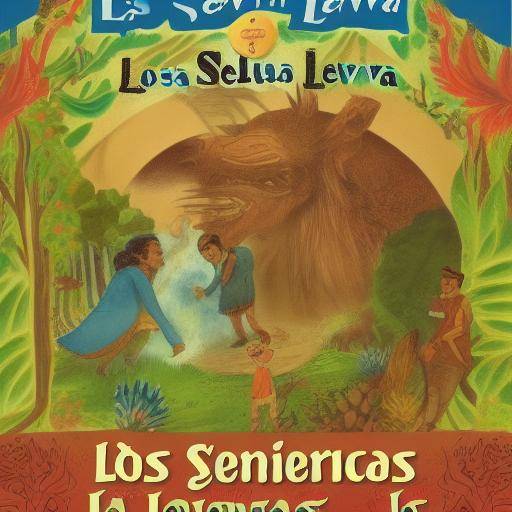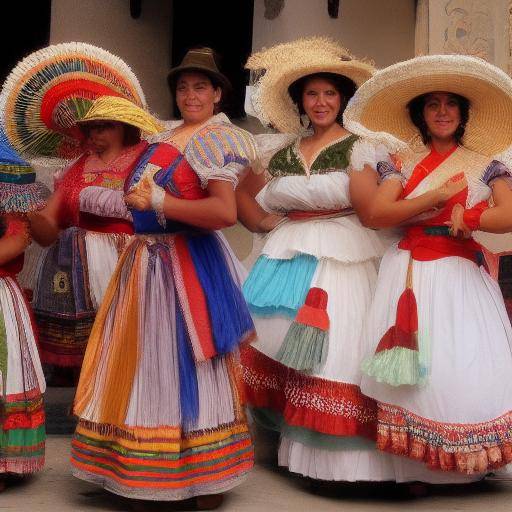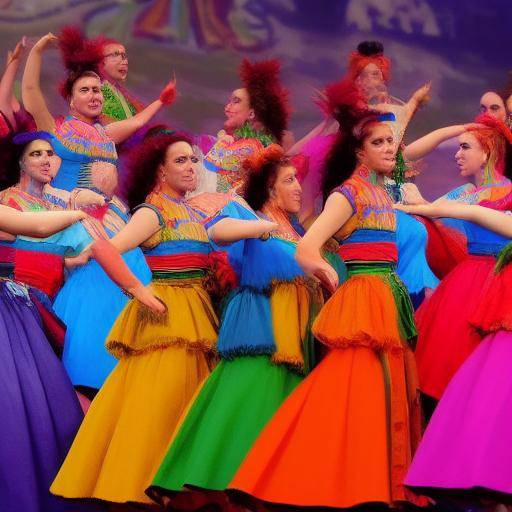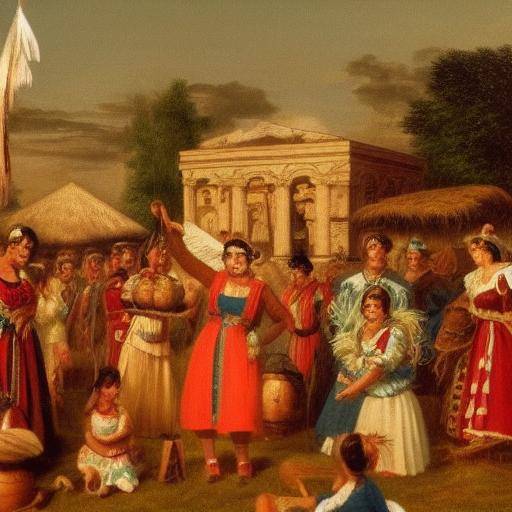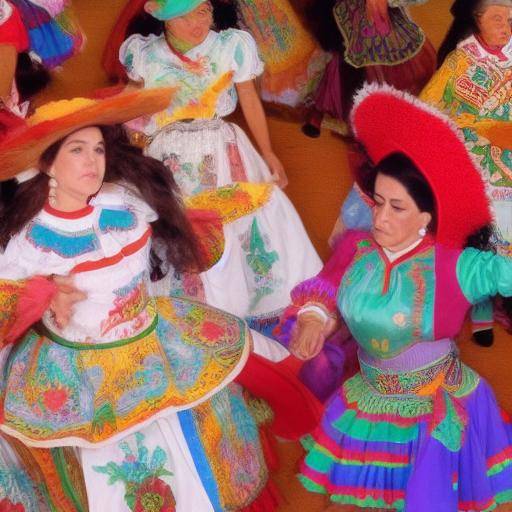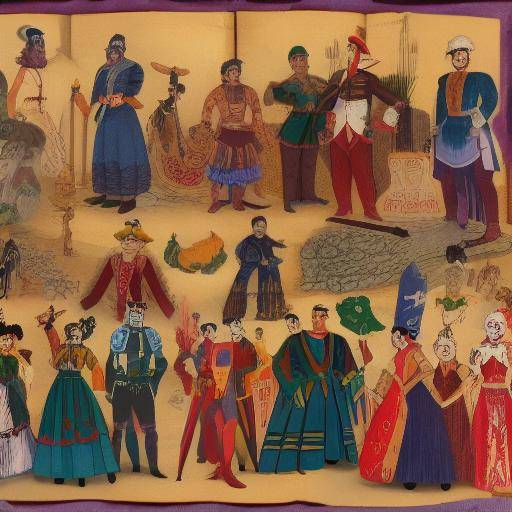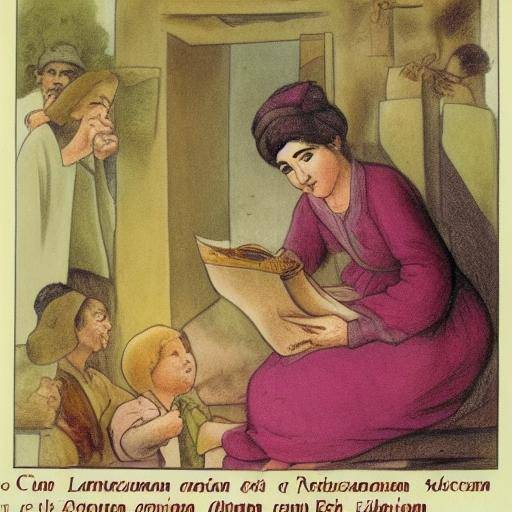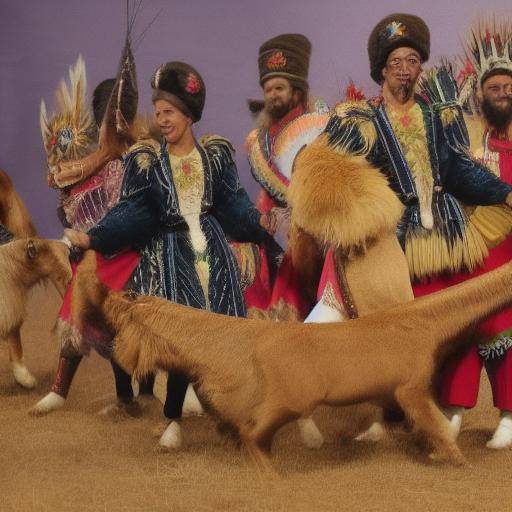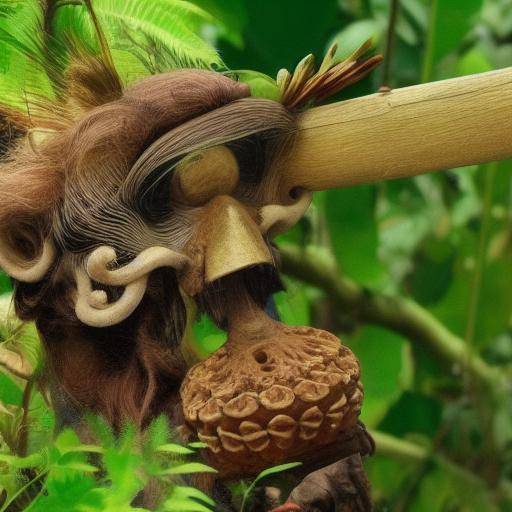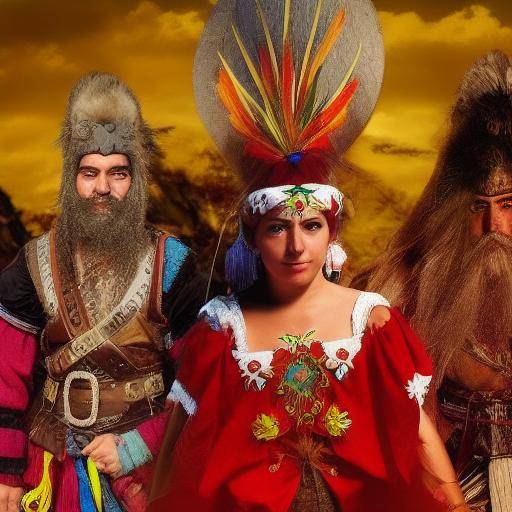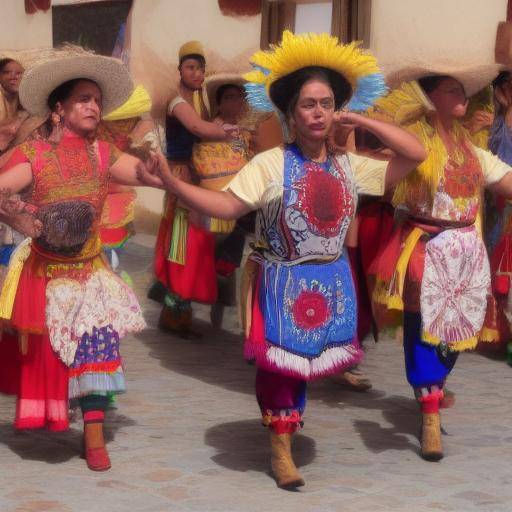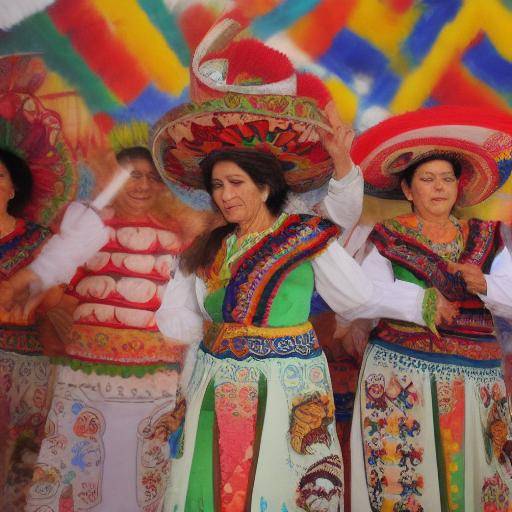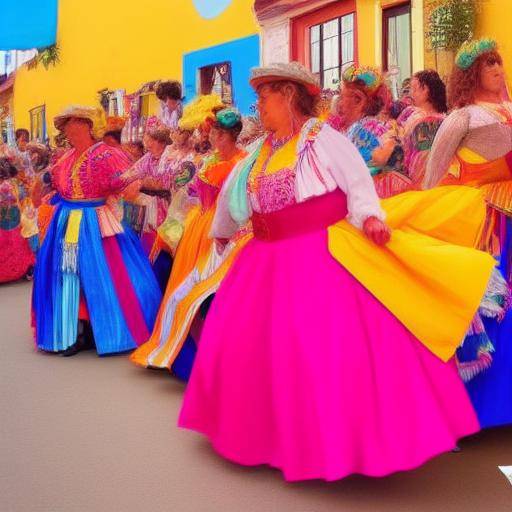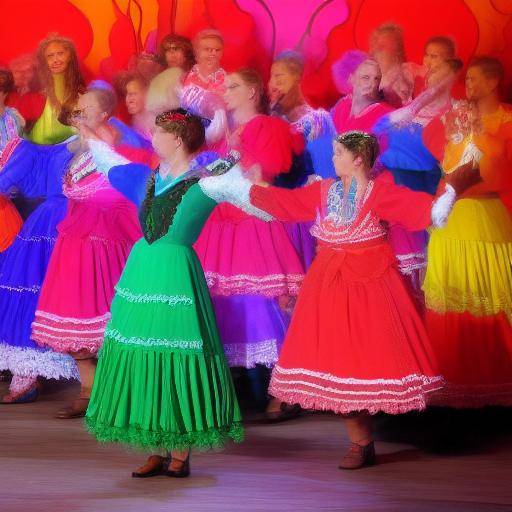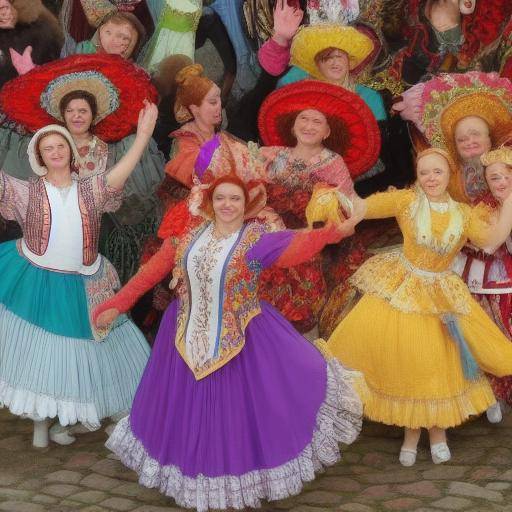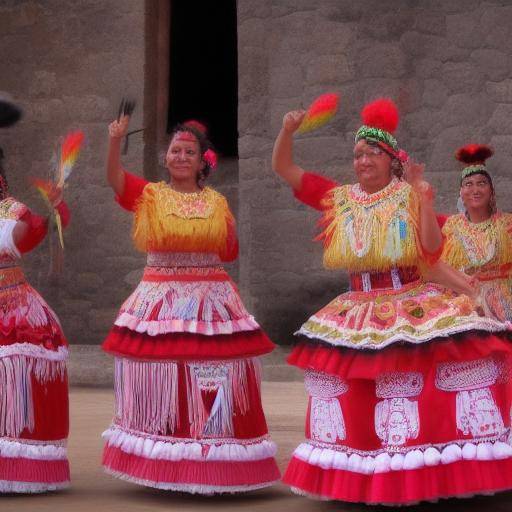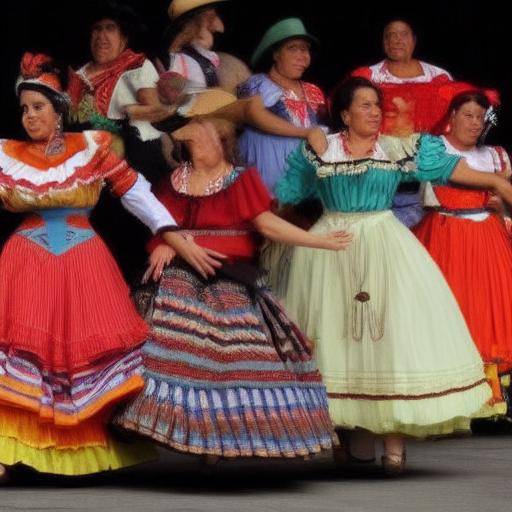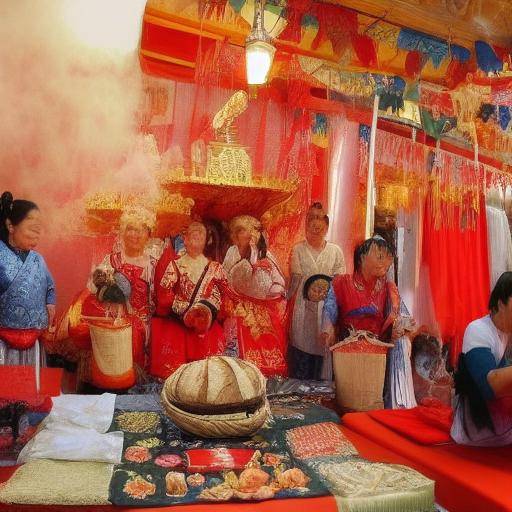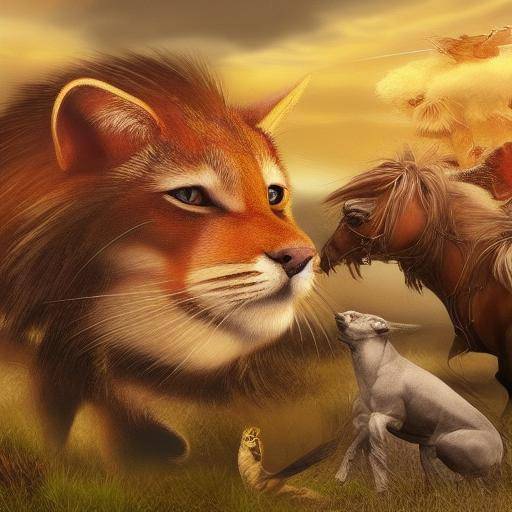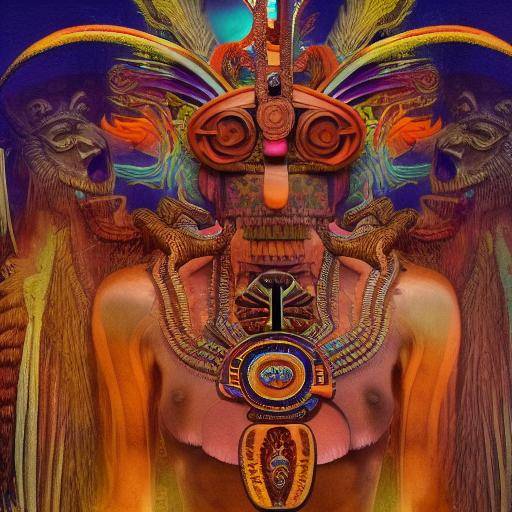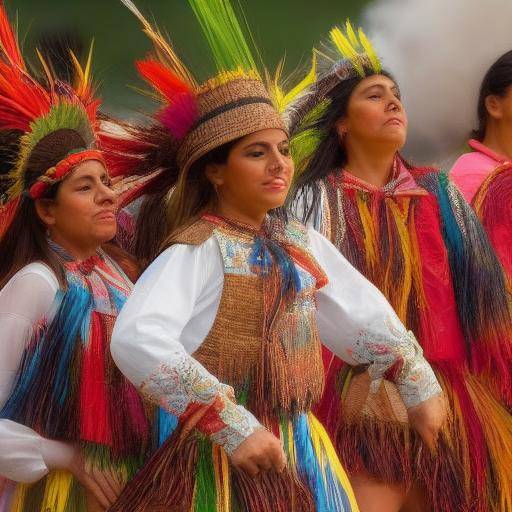
Introduction
Latin American folklore is rich in traditions and myths that have endured over the centuries, transmitting from generation to generation. Mythical beings, in particular, play a leading role in these legends, giving the popular imagination of fascinating diversity. In this article, we will explore the wealth of mythical beings in Latin American folklore, unraveling their origins, meanings and relevance in popular culture. Join us on this journey through tradition and discover the magic that dwells in the stories of old.
History and Background
Latin American folklore is a tapestry of ancestral beliefs, customs and stories that reflect the rich cultural diversity of the region. Mythic beings, present in the traditions of different countries, have been an essential part of the worldview and identity of Latin American communities throughout history. From the imposing "Culebron" in Venezuela to the enigmatic "Chupacabra" in Mexico, these beings have captivated the popular imagination.
Origins and Evolution
Latin American mythical beings have their roots in pre-Columbian cultures, where deities, protective spirits and mythological beings were an integral part of the indigenous worldview. With the arrival of the European colonizers, these beliefs intertwined with the traditions brought from the Old World, leading to a unique fusion of myths and legends.
Influence in Folklore
Over the centuries, mythical beings have interwoven in the very fabric of Latin American culture, infusing it with an aura of mysticism and astonishment. These accounts have served as a link between the past and the present, preserving the collective memory of entire peoples and transmitting teachings on coexistence with nature, respect for supernatural forces, and the importance of solidarity and the community.
Emblematic cases
As we enter Latin American myths, we immerse ourselves in a fascinating universe of mythical beings. From "La Llorona" whose laments are heard in the Mexican nights to the seductive "Sireno" that inhabits the waters of Venezuela, each mythological figure has a history that has endured through the centuries, marking the imagination of those who listen to them.
Analysis in Deep
The study of Latin American mythical beings provides an opportunity to understand not only the beliefs rooted in the collective imagination, but also the anthropological and sociocultural aspects that have forged their existence and perpetuation in the region.
Meaning and Symbolism
Each mythological being encloses a deep symbolism that transcends its mere supernatural representation. The figure of the "Deablo Cojuelo" in Dominican tradition, for example, embodies both fear and temptation, reflecting internal struggle and human contradictions. In this way, mythical beings not only entertain, but also transmit moral and philosophical teachings.
Contemporary Perception
Despite the advance of modernity, mythical beings continue to occupy a relevant place in Latin American popular culture. The dissemination through the media, literature, cinema and other artistic expressions has allowed these figures to continue to captivate current audiences, adapting to contemporary contexts without losing their essence.
Preservation of Folklore
The oral transmission of legends has been fundamental to the preservation of Latin American folklore, including mythical beings in their repertoire. Often, these stories are narrated in festivities, celebrations and family meetings, keeping tradition alive and strengthening the sense of cultural identity among generations.
Exhaustive examination
The study of Latin American mythical beings allows to investigate in various aspects, from their impact on society to their projection in various cultural manifestations.
Cultural Impact
Mythic beings contribute to the formation of a collective identity, enriching the cultural diversity of Latin America. The representation of beings like the "Chullachaqui" in Amazon mythology, for example, reflects the close relationship between human beings and nature, a fundamental aspect in the worldview of many communities.
Artistic expressions
The representations of mythical beings have permeated different artistic expressions, from painting to music and dance, becoming a source of inspiration for artists seeking to translate the wealth of Latin American folklore into their works.
Cultural tourism
The presence of mythical beings in Latin American folklore has awakened the interest of cultural tourism, attracting avid visitors to immerse themselves in local legends and experience the magic emanating from these stories.
Comparative analysis
The comparative study of mythical beings, Latin American folklore and traditions shows the diversity and uniqueness of each region, as well as the links that unite them through shared narratives.
Parallelisms and Differences
By comparing mythical beings from different Latin American regions, it is possible to identify parallels in their characteristics and functions, as well as differences that reflect the cultural and geographical diversity of the region.
Synergies between Traditions
Through the comparative study, the synergies between the traditions of different Latin American countries are visible, demonstrating the mutual influence and wealth of a shared cultural heritage.
Practical Tips and Recommendations
Exploring Latin American folklore and mythical beings is an enriching experience that can be carried out in various ways. Here we offer you some tips to get into this fascinating world of traditions and myths.
- Visit traditional festivals and celebrations where stories of mythical beings are narrated.
- Investigate in libraries or historical archives to discover ancient and mythological accounts.
- Connect with local communities and listen first hand to the legends transmitted from generation to generation.
- Explore literary and cinematic works that address Latin American folklore.
Conclusions and FAQs (FAQs)
Conclusions
Latin American folklore and the mythical beings that inhabit it constitute an invaluable legacy that enriches the cultural identity of the region. From the high summits of the Andes to the jungles of the Amazon, these narratives treasure ancient knowledge and invite us to explore the worldview of the Latin American peoples. In studying them, we not only enter a magical and enigmatic universe, but also strengthen the connection with our roots and enrich ourselves with the cultural diversity that Latin America defines.
Frequently asked questions
1. What role do mythical beings play today?
Mythical beings continue to play a relevant role today, both in the preservation of cultural identity and in the field of art, literature and cultural tourism.
2. What is the best known mythical being in Latin America?
The figure of "La Llorona" is one of the most famous mythical beings in Latin America, present in various versions and stories throughout the continent.
3. How have mythical beings influenced contemporary artistic expressions?
Mythic beings have been a source of inspiration for many Latin American artists, influencing the creation of literary works, paintings, sculptures, music and theatrical representations that explore the richness of regional folklore.
4. What is the importance of preserving these traditions in the modern era?
The preservation of folklore and mythical beings is crucial to keeping cultural roots alive and promoting respect for the diversity and wealth of Latin American heritage.
5. How can I learn more about Latin American mythical beings?
You can immerse yourself in the wealth of Latin American mythical beings through reading works of anthropology, history, literature and folklore, as well as participating in festivities and celebrations where these fascinating traditions are shared.
6. Are there similarities between mythical beings from different Latin American regions?
Yes, there are similarities and parallels between the mythical beings of different Latin American regions, reflecting the ancestral connection and the wealth of a shared cultural heritage.
This tour of Latin American folklore and its mythical beings allows us to appreciate the richness and diversity of the culture of the region. Throughout this journey through tradition, we have explored the influence of mythical beings, analyzed their cultural significance, and offered practical advice to get into this wonderful universe of myths and legends..final

